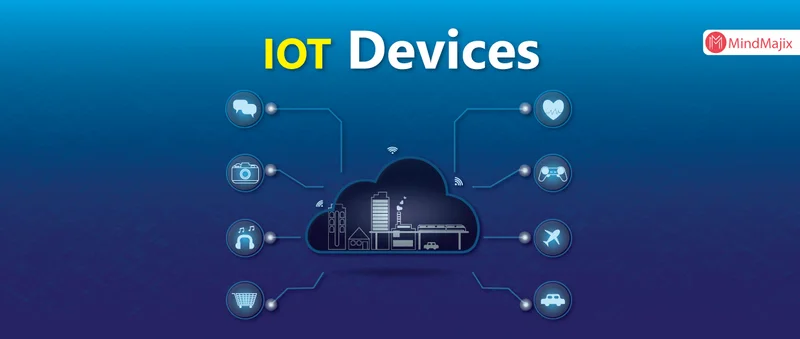IoT security? Yeah, right. Let's be real, it's a joke. A bad one.
So, these "researchers" – Wang and Xe – are about to drop a bomb at Black Hat Europe, saying they can basically walk right through cloud firewalls into IoT devices. En masse. No vulnerabilities needed. Not even an IP address. Seriously?
They're exploiting the "trust" between devices and cloud vendors. Which, to me, sounds less like "trust" and more like "utter incompetence."
Here's the deal: IoT devices authenticate to the cloud using their serial numbers or MAC addresses. Things that are about as secret as my grandma's meatloaf recipe. Some manufacturers even expose them through network interfaces! I mean, are you kidding me? They "don't treat serial numbers or MAC addresses as sensitive information?" It's like leaving the keys to your house under the doormat and then acting surprised when someone robs you blind.
And it gets better. These identifiers can be brute-forced because SNs follow a pattern. Half a MAC address is a manufacturer's code. It's like they're trying to make it easy for hackers.
Then, the attacker reverse engineers the cloud communication logic stored in the firmware to figure out how to turn that easily-obtained identifier into a credential. Boom. They're in.
This isn't some theoretical BS either. Once they're in, they can impersonate the device, send commands through the cloud service, and control the actual device, even if it's behind a firewall or on an intranet. What is iot security even for then? According to IoT Devices Open to Silent Takeover Via Cloud Firewalls, this can lead to a silent takeover.
And offcourse, this isn't just about your smart toaster getting hacked. Oh no. The article on Edge AI transforming Industrial IoT throws another log on the fire. We're talking about factories, infrastructure, and critical systems all being run on devices that can be hijacked through this cloud firewall nonsense.
They keep talking about "Industrial 4.0" and "digitalization." Sounds great, right? Except it also means more attack vectors and more ways for things to go horribly wrong.
Edge AI is supposed to make things more secure by processing data locally, but what happens when the edge itself is compromised? "Processing data locally on the device, or the edge, directly enhances the operational efficiency and safety of IoT applications." That's what they say. But if a hacker is controlling that device, all bets are off.

And get this: they're even talking about connecting IIoT to language models. So now, not only can someone hack your device, but they can also make it talk to you…in a creepy, AI-generated voice. Awesome.
But wait, are we really supposed to believe the patent office is staffed with superheroes who know everything?
Oh, and let's not forget the Waveshare ESP32-P4 board with Wi-Fi 6 and Bluetooth 5, designed for HMI and IoT applications. Great, more devices with more potential vulnerabilities. It's got secure boot, flash encryption, and crypto accelerators, but honestly, does any of that even matter if the fundamental authentication process is broken?
I mean, sure, these boards have "security features like secure boot, flash encryption, crypto accelerators, TRNG, and privilege separation," but if someone can just waltz in through the cloud, those features ain't worth a damn.
I'm suddenly feeling really good about my decision to stick with a dumb thermostat.
Wang says it himself: "commands sent by attackers through the cloud are hard to distinguish from the normal traffic." And "tracing the attackers is difficult." So, basically, we're relying on manufacturers to quietly fix issues rather than disclose them. Which is about as reassuring as trusting a politician.
It affects many devices, is hard to patch, and any attackers [and] any attacks through them are extremely difficult to trace." Great. Just great.
I think I need a drink. And maybe a Faraday cage for my entire house.
The researchers say the only way to prevent this is to fundamentally change how IoT devices authenticate to cloud management services. They suggest checks for changing IP addresses and using UUIDs instead of SNs or MAC addresses.
Okay, fine. Sounds good. But let's be real: how long until hackers find a way around that? It's a never-ending game of cat and mouse. And right now, the mice are winning.